Never-ever we've been so much in love with Tea, like after visiting a country of it's origin.
It is always so comforting & rewarding to see where the product was born. For us... the travel to Tea origin is always a magical & mesmerising journey. You can only truly love objects, if you connect on a deeper level, such as experience - time or person. I mean a ring from a loved person, your favourite jumper in which you've always had such a good time with your friends, a book you've read so many times throughout your life or perhaps a lucky pendant or charm in which you have believed for so long and which has never let you down. This is the same for Tea...
People always ask about the history or story of a tea and I don't blame them, often I do reply: it's more about the taste and personal experience with the tea, what state of mind or body awareness it brings you in. But I guess on some level they're just trying to find the link connecting them to the tea ahead of the experience. If only everyone could go to all places of origin and see how things are created :) We all would surely find this little magic alongside a huge respect towards not only the product but also the artists or craftsmen which pours their hearts and souls into them.
At the end we are just sipping the pure nectar of tea plant and the care and love of the people which mixed their "chi" (life energy) while plucking, withering, rolling, oxidising or fermenting, drying and packing these little fresh new Tea leaves for us, just to bring a smile to the face with each delicious sip. We've been making our own tea from our micro-tea-garden for past 3 or 4 years now, the teeny-tiny quantity we have is enough to keep us busy and we must admit the given energy to only shape the tea leaves into needles or roll them into balls gave us a perfect overview of what must be happening on Tea estates around the World throughout the year. Hard work!
So here we are... our little story of Beautiful Korea.
-
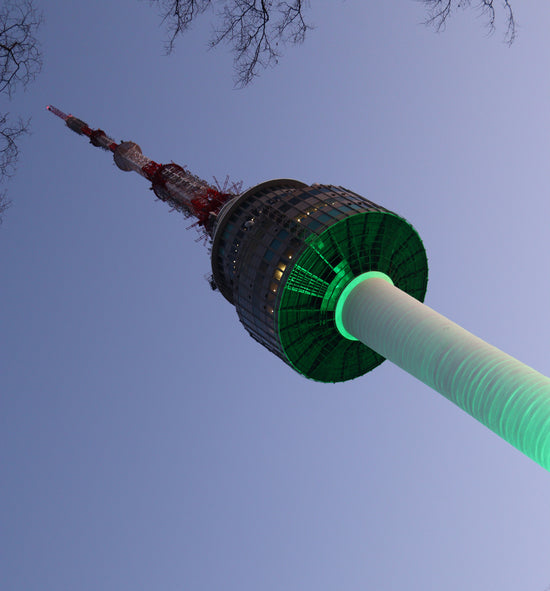
Seoul
-
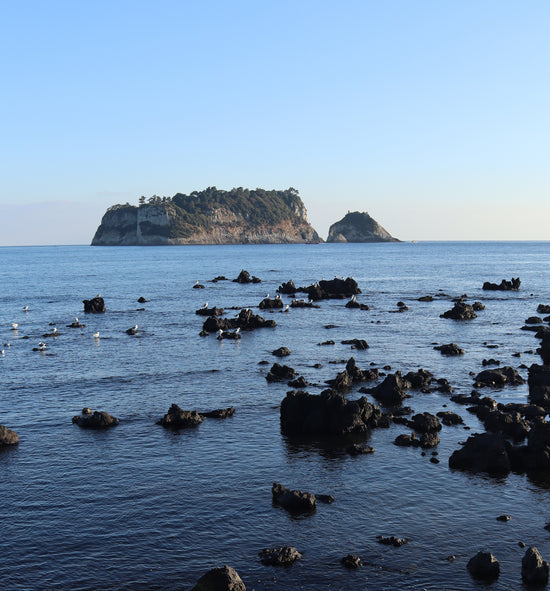
Jeju Island
-
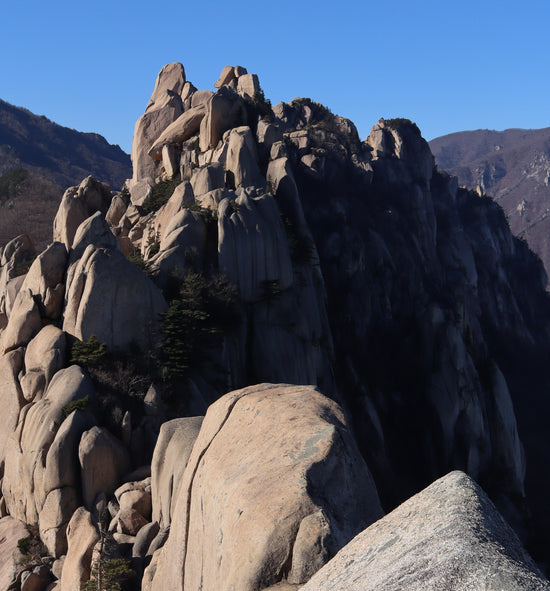
Seoraksan
Last November, we've decided to visit South Korea with it's on demand and on the rise brand new Teas.
Why did we go? It's all started with a first sip of our rare Honey aroma Jeju island black tea (N.119 @shefangtea store) which we've received as a sample from a keen tea grower on Jeju island. This is a first flush Black tea from volcanic Jeju-do and it tastes like Spring Thunder Blast. It is very floral and lively compared to other black teas and shares a similar zingy profile with 1st flush Darjeeling teas. It is quite light in body, sort of like Ceylon tea, but with more complex mouthfeel. It has dry wood & roasted notes, which are competing with freshly opened cherry blossoms, cantaloupe melon and sweet soft pears. Aftertaste is honey sweet with a little hint of spiciness. Jeju tea is just so very lively and fresh that we couldn't get enough.
So this alongside some crazy kicking-punching-seriously-awesome crime movies convinced us to make the insanely long 18 hours journey to meet our supplier and visit this incredible land of fresh tea, shimmering nature, food which you just want to eat even when you sleep and the most orderly and quiet people with their beautiful glossy all natural skins. Does this sounds to you like a fairy-tail? Well, we are still dreaming (mostly about kimchi.. but the rest of it too!)
Korea seems to be a fairly new in tea (mostly it is the famous ginseng tea we can hear about), but that is not entirely true. Korean people likes to call tea anything and everything they pour water over, so you may accidentally order things like, pine tea, lotus leaf tea, persimmon leaf tea, dandelion tea, jujube tea, plum or ginkgo tea, barley tea, buckwheat tea, ginger or angelica root tea and I guess there is nothing wrong with these, but you may not feel as invigorated nor in full blasting awareness by drinking those, but your livers and kidneys will certainly thank you :P
According to Laurie Barnes in her book High Tea: Glorious Manifestations East and West, a princess from India brought tea seeds with her when she married King Suro in the year 48 CE, planting them in Changwon City, on the southeast coast of what is now South Korea. No one knows if these seeds grew, but by the early 600s, Queen Seondeok was drinking green tea medicinally and tea became part of court ceremonies. In the mid-700s, King Gyeongdoek popularised the brew and Ch’ungdam a Buddhist monk, initiated the Buddhist tea rite; and tea was being grown in the country.
The next Joseon Dynasty (1392 - 1897) ended much of this, replacing Buddhism with Confucianism and delegating tea mostly to ritual purposes for the upper class. Tea at this time became scarce. As Buddhist monks held onto their traditions, Joseon rulers taxed tea and destroyed Buddhist monasteries and temples, aiming to end their influence and move the country to Confucianism. By the late 1500s, most of Korea’s tea gardens were gone, and the Seven Year War with Japan (1592–1598) took care of whatever remained.
Tea finally rebounded with several scholars and Buddhist monks sparking renewed interest. Cho-ui, a Buddhist monk, poetically described tea’s “undefiled spirit and energy,” believing that when drinking tea "One must engage in the meditative bliss of experiencing the joy of the dharma (universal truth)".
That bliss and joy ended in 1910 with the Japanese occupation. And although Korean tea culture languished during this time, tea was being grown—the Japanese began the first commercial tea garden in Boseong, sending the tea to Japan.
Today, much of South Korea’s tea cultivation area is still planted with native plants.
Korea has four major tea growing regions: First 3 are located in southernmost region of the Korean peninsula & Jeju is a volcanic island located under them.
Mt. Jiri is the birthplace of Korean tea, the first seeds were planted in Ssanggyesa monastery on the Mt. Jiri in 9th century AD.
Boseong is the first commercial tea plantation established by Japanese in 1939. The tea plantation is situated between rolling hills & alongside the Boseong river and it's often covered by mist from which only the mountain peaks staring towards the sky. The tea here is being plucked by hand, roasted in wok and dried according to the traditional method handed down through the generations.
Jeonnam tea plantation was established in 1965 and contains many bushes which are over 40 years old. This is the cooler climate which is very suitable to grow shaded - powdered green tea.
Jejudo is dominated by Mt. Hallasan, a volcano 1,950m (6,400') high. The volcanic soil is extremely fertile with slightly acidic soil of pH 4.5 and the subtropical climate is ideal for tea growing. Although tea has been around South Korea since the 9ths century, tea farming is relatively new in Jeju. It started only in 1979 when Jangwon decided to revive Korea's tea culture. This is the fastest growing region, however the tea plants are still very young to bring up the full and complex profile in the cup.
But back to our story...
The first thing we've noticed was the sun. A huge orange blazing fireball, slowly tip-toeing down behind the horizon. Soooo orange compared to the pale white never seen, "where is it again?" ball hiding behind the dark clouds of Scottish highlands. The chilling breeze welcomed us, brushing our cheeks and fingers with multiple kisses. But in instant the breeze was forgotten as we've entered the zone of a buzzing, fire blazing, sizzling, steaming and smelling real good food night market. Anyone who has been in Korea and experienced these night markets is possibly drooling right now as we do just now as this is a heaven on earth. The food is so good and fresh and there is so much to choose from, one suddenly forgets about everything else. It's also very inexpensive and you can fill up your belly up for almost nothing. The fact that these markets are constantly present, equals the fact that we've arrived home with two more extra-extra kilos :P
Seoul is a charming & buzzing city which has a lot to offer, but it was a little challenging to find a place devoted to tea. Young generations seems to be (as usual) persuaded by the new hipster trend of speedy coffee culture. I presume this is easily done, considering the World is getting topsy turvy right now and young generations have that arrow-like mind with moto: "hit the target first and fast" - but they'll later perceive that to reach and to have doesn't often come along with peace of mind nor health and mostly it does not bring more happiness.
Luckily we've found that tea is always served at Buddhist temples and there is plenty of them standing in the middle of Seoul city (can't imagine to be a monk in the middle of city I must say). We've ordered Seogwang Sencha in a very common ceramic white pot and sipped our tea in silence in the heart of buddhist temple complex. The tea was very light and soft and had a crispy green notes such as sweet peas & stewed asparagus. It was beautiful and really quite needed.
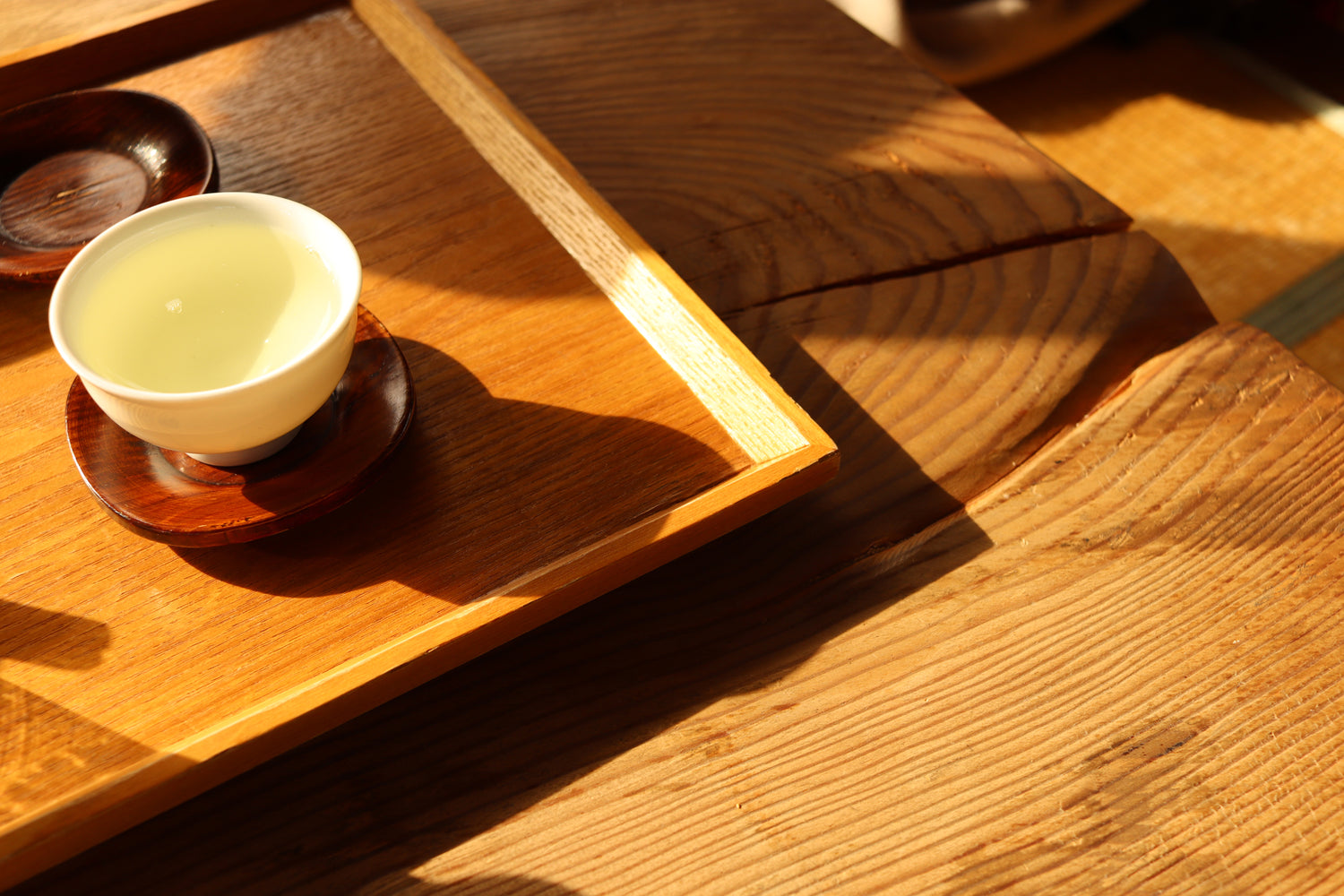
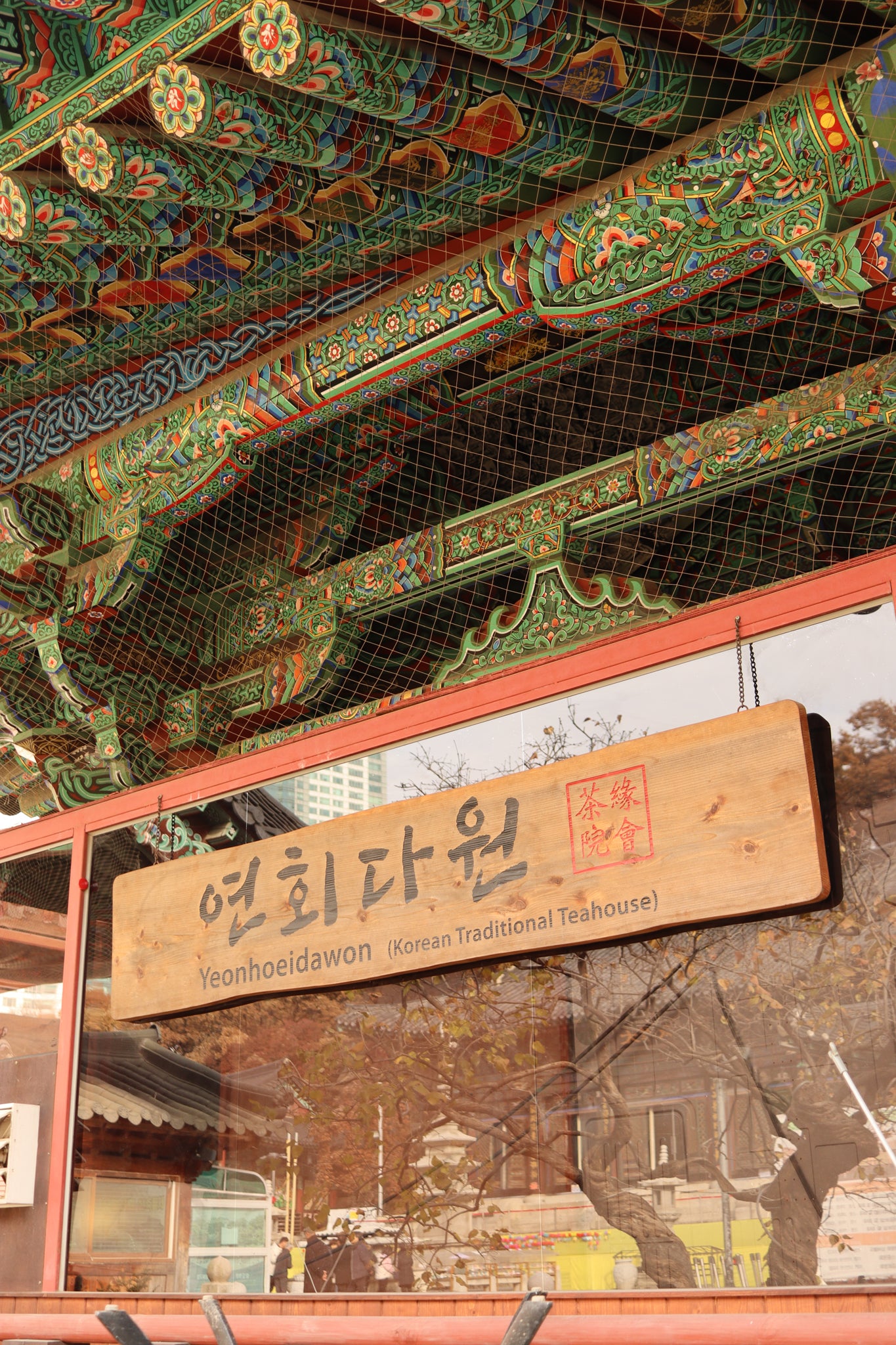
After fast-moving Seoul, we went to..
It was a paradise, one of my favourite korean movie is called "Night in paradise" - and we stayed in the same place as the main characters did! How exciting and geekish! :) and we did more than just one night :)
While Seoul's temperature was barely clenching above 10 degrees Celsius, Jeju-do was soaked in scorching sun with a warm soft wind and a temperature at about 18 degrees Celsius. Swimming weather!
Right in the middle of Jeju island is a pearl - an inactive volcano called Mt. Hallasan which is rising up to 1950m.n.m. and actually it is the highest peak of South Korea. We've managed to run Mt. Hallasan the second day of our visit and it was just so much fun. While down near the sea we were roasty-toasty, running up towards the mountain we suddenly stepped onto the white crispy snow and ice, which crumbled and crunched under our vibram five finger shoes like a toothless old lady munching on a biscuit. It was quite amusing. When we reached the top we saw the mighty crater in his white robe covered from head to toe, he was so big it was hard to fit into photo :) If you slowly turn around, you'll see all the ends of this beautiful island, the tiny towns and even tinier cars, the sea, the trees, the baby blue sky, the boiling hot air and the cold white shimmering snow from which only tiny crooked bonsai pine trees approx. human size sticking up. It's just magical.
No wonder Korean people comes for holiday to Jeju island... just imagine... the pristinely white sandy beaches with azuro sea from which dark charcoal lava rock formations with multiple-tiny holes scales up, all bathing in the orange sun and impregnated by the ocean air... then the tea plantation, running as far as you can see. Behind all this the mighty peak of mount Hallasan ascends from zero reaching up towards the universe, like a huge giant.
With this said one must point the finger at the local Arachnids. I've forgot to mention that Jeju island is also filled with amazing Tangerine plantations and ooh they are just so delicious and sweet and we were so lucky to arrive just in the season! And so perhaps these tangerine plants or maybe some others plants attracts these "little" occupants, which I've tried not to see and it was quite impossible as they are as huge as my palm. Let's try to paint you a picture: they are very sinister looking big dark lady spiders with sharp pointed legs and occasional orange stripes which makes them look even more deadlier. In fact they are actually not deadly at all but they will certainly bite you if you poke them! (Not sure what brave soul would do that!) They also make such a huge spider webs that one cannot ignore them, especially when walking on pedestrian and seeing the monster net the size of tennis net right in front of you, flickering towards the street lamp, lol. I don't mind spiders in their regular size, but these really weren't regular. I've tried to take a photo, but it must have been due to the seriously big wind (haha) that it came all blurry (oops). Still the tea plantations were absolutely worthy in spite of these residents.
Which we've visited alongside the famous Ossuloc Tea museum where everything from coffee, tea & cakes is made with powdered green tea, so everything is super green! The place was heaving and buzzing like an ant nest and it was quite difficult to enjoy the tea in peace. Nevertheless, the tea and cakes were delicious and refreshing in the heat of the sunny day. We've spent hours wondering between tea plants :) The tea bushes were just after pruning (the Japanese style of pruning as you can see on the pictures) and some teas were in the bloom. (Yes, tea plants bloom in fall so around November, which we can also see each year in our micro tea garden at home). It was absolutely thrilling to meet our tea supplier and we would love to say big thank you for meeting with us on such a busy day. The love and care you put into managing your Tea plantation is just wonderful and we hope we will stay in touch for long!
Travelling around Jeju island is a difficult task, so we've rented a tiny car. Most of the roads have low speed limits so at start you may feel like an old rusty tractor roaming on a highway, but you'll get used to it and you'll see more of the beautiful landscape :)
The seafood is incredibly fresh and tasty and the famous diving ladies of Jeju-do keeps all those bellies of tourists & locals happy and satisfied. We nearly cried leaving this paradise.
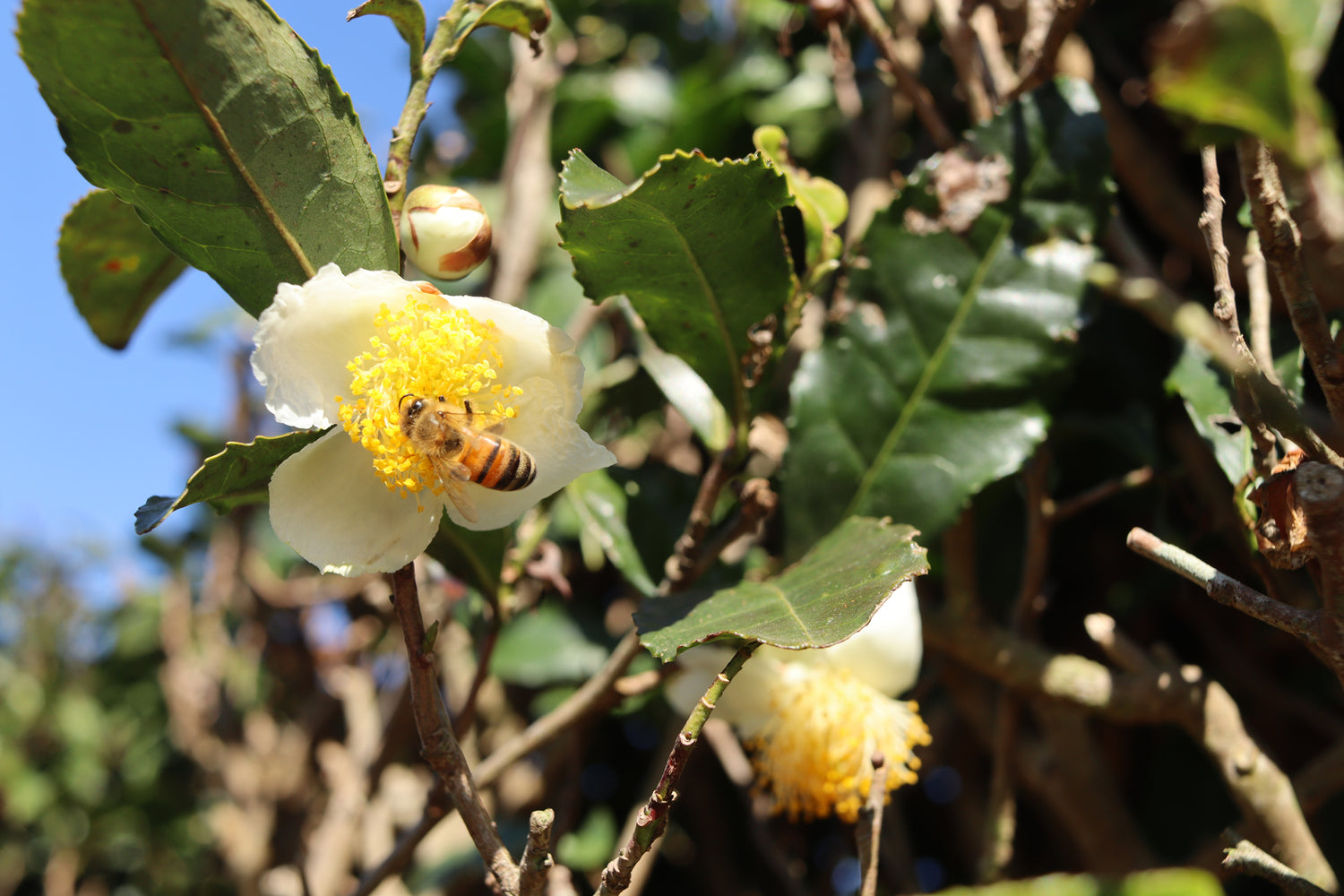
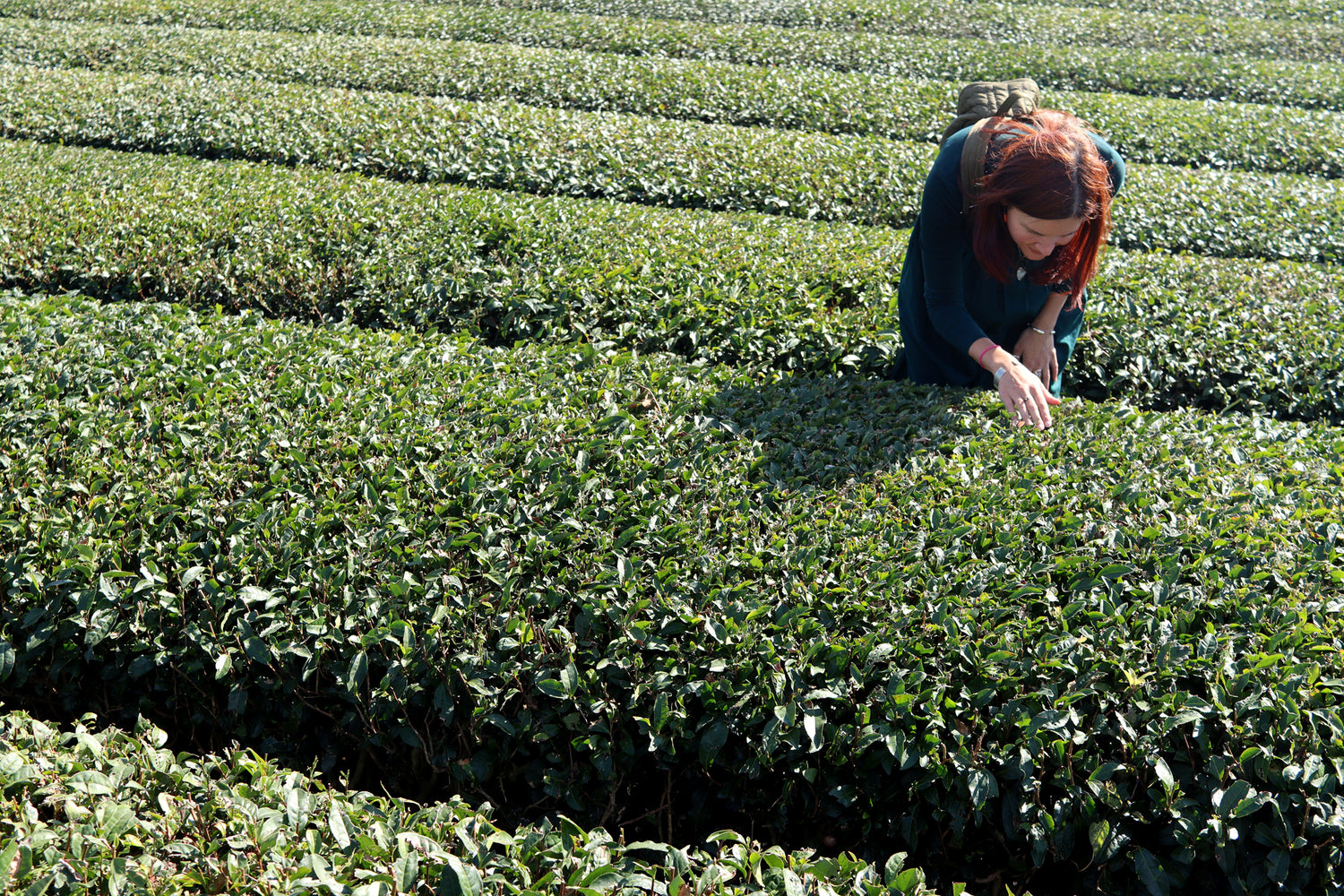
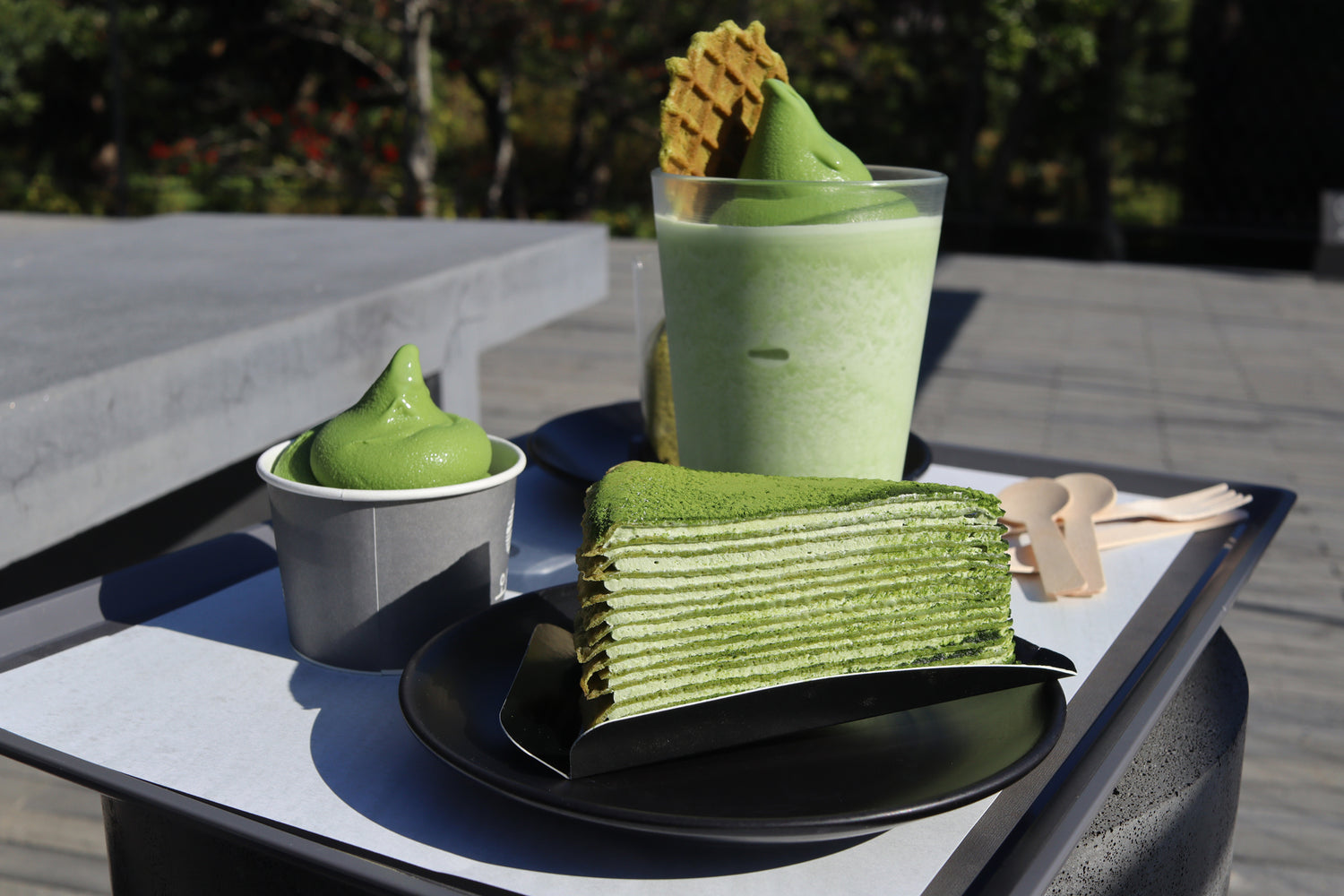
But we had to go to see more of South Korea's beauty as next on our list was
This is utterly beautiful national park filled with natural granite rock formations, waterfalls, amazing peaks and monoliths. Within this beauty an incredible Buddhist temples sits, some are rooted within the rocks, some are surrounded by army of crooked and lovely smelling pines, but they are all in beautiful nature and silence, something we desire so much. We could just stay here forever.
The temperature dropped to -2 degrees Celsius, such a difference compare to Jeju island and the wind was extremely powerful and quite merciless, bashing towards us in wave with full strength and persistency. We wore almost all our clothes and still we felt so frozen. Had to count all toes at the evening to make sure we still have them. We managed to run 3 peaks, but it was quite scary to be up there with this strong powerful wind. Plenty people were in hiding as the wind howl towards us in brutal intervals trying to scare us all out off the cliffs, but we survived and lost only our camera cover - literally blown down from the peak on picture! And our battery in mobile died (happy times... just a healthy sign what should be left behind, lol)
But fun must end at right time.... and so we've arrived back to Scotland soaked in mist of South Korean beauty.













